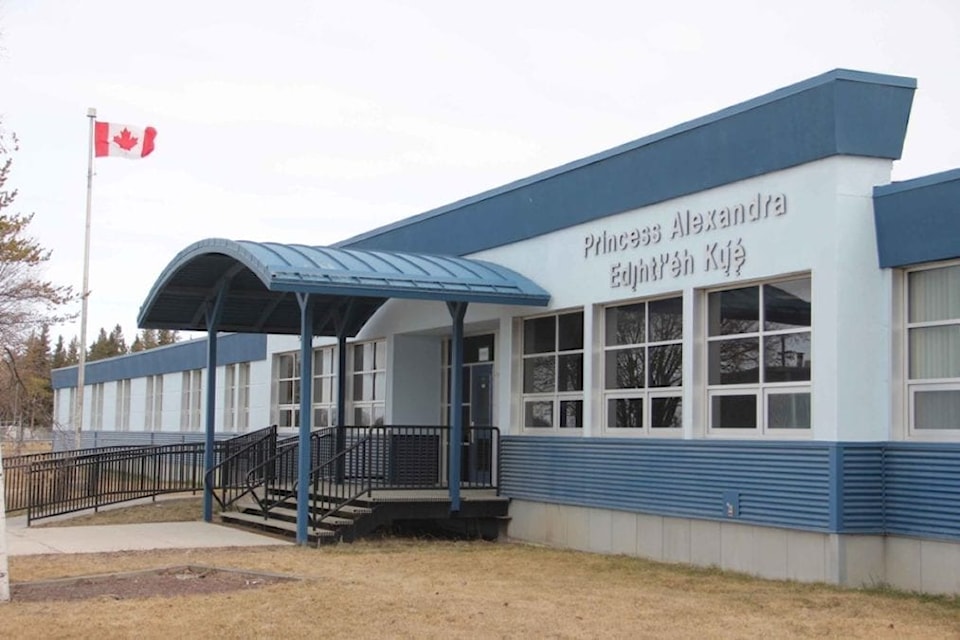Families in the Tlicho region are anxious for a more normal school year this fall.
"It’s been really important to the staff and the students and the families in the Tlicho region that we do reopen and return to school," says Linsey Hope, director of education at the Tlicho Community Services Agency. "The schools in our communities are often the centre of the community and they represent really important, safe places for kids and families.”
That’s why she says it’s important to get kids back into schools and to prioritise the “social, emotional needs of the students as they return.
“We really want our students to feel safe, and that they have time to learn the new ways of operating so that we can all stay safe together in those first few weeks.”
On Friday the GNWT released its plan for schools to open for at least some in-person learning when the school year starts in the fall.
View the plan by clicking here.
While regulations vary in part depending on schools and corresponding community needs, plans generally include teachers in face shields, desks spaced out across classrooms, daily screening processes, and strict hygienic measures to clean school surfaces and enforce frequent hand washing.
Integration back into the classroom will differ for some age groups. According to the GNWT announcement, students from junior kindergarten to Grade 6, will not be asked to maintain social distancing rules, while Grades 7 to 9 will maintain a distance of one metre from their peers and two meters from the teacher while in the classroom. That distance increases to two metres for everyone in Grades 10 to 12.
According to chief public health officer Dr. Kami Kandola, who said in a news release the plan “forms a solid foundation for a safe, gradual return to school for students across our territory,” this is because younger children are believed to be at the lowest risk for transmitting the virus.
Metro Huculak, superintendent of Yellowknife Education District No. 1, also believes the school environment is important.
“There are a number of children who thrive in a school situation,” he says. “A number of kids need the extra support of teachers in the classroom, the extra supports put in place for some of those kids with learning challenges and so on. Being in the school really supports those children.”
Many of the details are still being fleshed out across schools. Some will implement staggered pick up and drop off times, some students may be asked to wear masks. Hope says some schools may even implement an alternating schedule where students come in on only certain weekdays.
“We do need to get back into our academics so that we can really make sure that we hit some of our goals for students and so that students have all of the opportunities in the world,” she says. “But we do need to make sure that this is a gentle approach so that those students can feel comfortable when they do return and so that parents are also comfortable in the measures we’ve put in place to keep their kids safe.”
Parents and students of NWT can expect more information on school reopening plans in the coming weeks.
For now, Hope says that in transitioning into the new reality of schooling, the best way to address concerns is “to make sure that we have lots of dialogue and lots of questions and learn from each other about what we need in order to be successful.”
She says that “we really wanted to work carefully with all of the partners in education to make sure that the plans that we develop are responsive and that they have been shared with Indigenous government and (the Workers Safety and Compensation Commission), all those different elements.
“We’ve really tried hard to make sure … the plans that are put in place are in fact safe and sustainable for the new year.”
